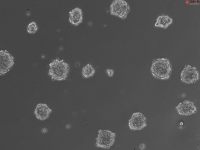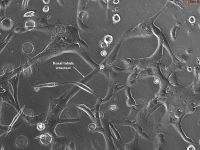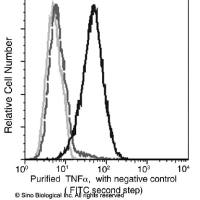Assessing Bone Formation Using Mouse Calvarial Organ Cultures
互联网
352
The history of culturing bone explants goes back to the early 1920s, when Robinson reported that the enzyme alkaline phosphatase played an important role in bone mineralization based on studies of chick bone fragments. Subsequently, Reynolds used bone explants to study collagen synthesis in bone (1 ) and to investigate the effects of a wide variety of other agents on bone turnover such as vitamin A (2 ), ascorbic acid (3 ), calcitonin (4 ,5 ), hydrocortisone (6 ) and bisphosphonates (7 ). Others have used rodent calvarial and long bone explants to study the effects of cytokines on bone resorption (8 –12 ) and bone formation (13 ,14 ). This chapter focuses on the use of cultured neonatal calvariae as an assay for agents with anabolic activity (13 –19 ) (see Note 1 ).









